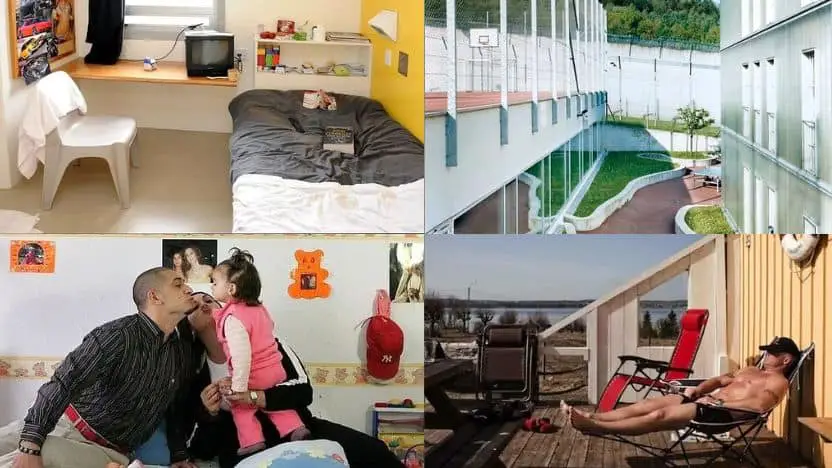La Sante Prison, France
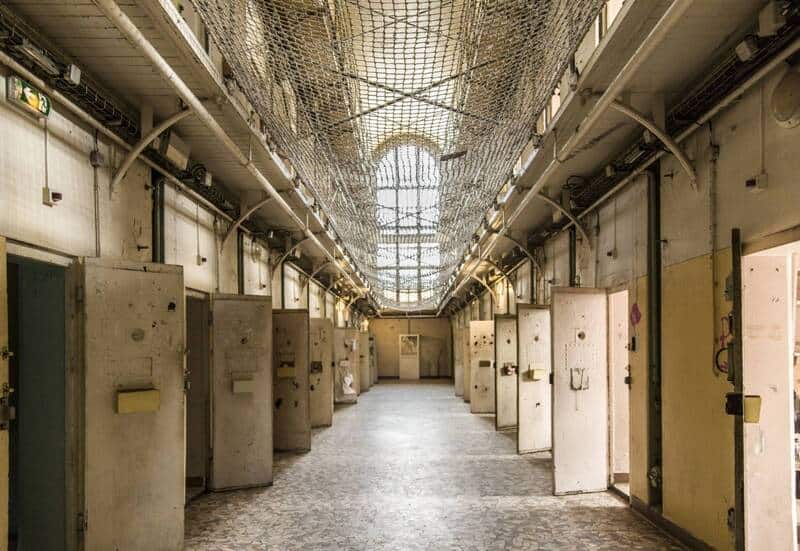
La Santé Prison is a prison operated by the French Prison Service of the Ministry of Justice located in the east of the Montparnasse district of the 14th arrondissement in southern Paris, France at 42 Rue de la Santé1. It is one of the most famous prisons in France, with both VIP and maximum security sections1. La Santé is one of the three main prisons of the Paris area, along with Fleury-Mérogis (Europe’s largest prison) and Fresnes, both located in the southern suburbs1.La Santé prison has a long history and has housed many famous inmates, including Jean Genet, Carlos the Jackal, the crooked businessman Bernard Tapie, the rogue financier Jérôme Kerviel, Manuel Noriega, and the swaggering gangster Jacques Mesrine2. Despite its reputation as a tough prison, many staff and former prisoners describe La Santé as a special place2. For all French people, La Santé is the prison; its walls and its inmates alike have an iconic status2.In 2014, La Santé prison underwent a four-year renovation term and reopened in 20193. The renovation aimed to improve the living conditions of the prisoners and to modernize the prison3. The prison’s new facilities include a gym, a library, and a chapel3.
Champ-Dollon Prison, Switzerland
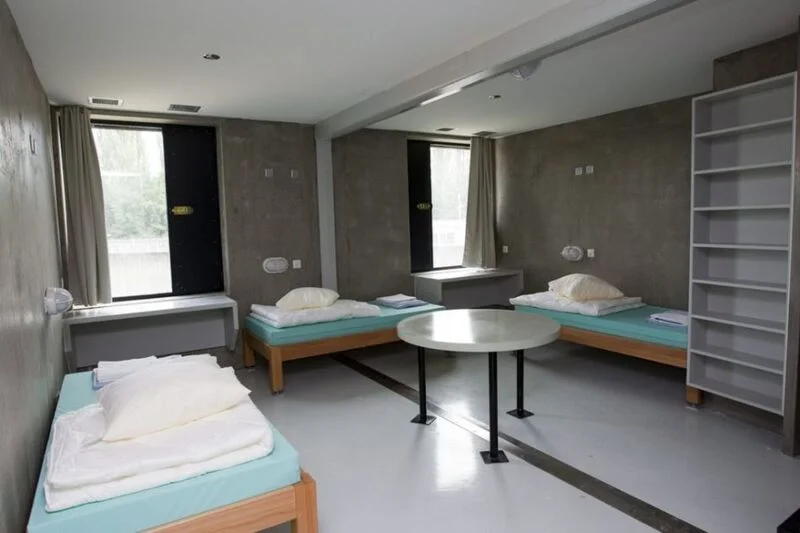
Champ-Dollon Prison is a maximum-security prison located in Geneva, Switzerland. The prison was built in 1977 to house 200 inmates, but it currently houses 500 inmates, and over 60% of the prisoners are awaiting trial, which has caused significant overcrowding135. Despite its past problems with overcrowding, disease, and riots, the prison underwent a revamp in 2011 with a funding of more than $40 million, which improved the living conditions of the prisoners and made the prison more spacious1.Champ-Dollon prison is known for its wide, clean rooms with basic facilities that are devoid of any discomfort, making it a natural haven for the perjured1. The prison employs about 200 people and is approximately one km from the village across the route de Jussy1. The prison has a high percentage of foreign inmates, with 80% of the prisoners being of foreign origin1.
The prison’s conditions are as good as a 3-star hotel1.
Sollentuna Prison, Sweden
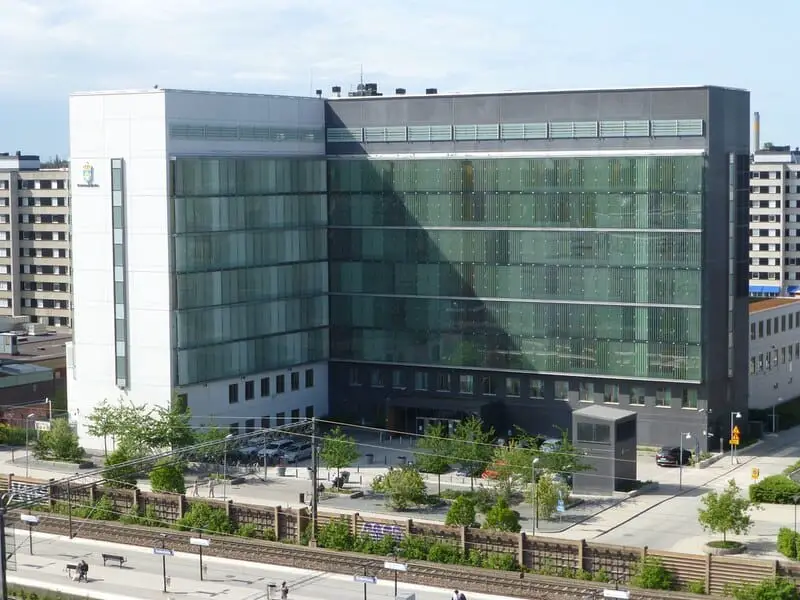
Sollentuna Prison in Sweden is known to be good for prisoners due to its eco-friendly initiatives, comfortable living quarters, and rehabilitation programs. Here are some reasons why Sollentuna Prison is considered a good prison for inmates:
- Eco-friendly initiatives: Sollentuna Prison has won the BREEAM Public Projects In-use Award in 2019 for its eco-friendly initiatives within the facility56. The prison has implemented various measures to reduce its carbon footprint, such as using renewable energy sources, recycling waste, and reducing water consumption16.
- Comfortable living quarters: Inmates at Sollentuna Prison have private cells with comfortable beds and attached bathrooms5. The prison also has a fully-equipped gym, an open kitchen, and a recreation room featuring a TV and couch5. The living quarters are designed to give inmates enough privacy and comfort5.
- Rehabilitation programs: The Swedish prison system focuses on rehabilitating prisoners rather than punishing them4. Sollentuna Prison offers inmates access to sufficient library resources, university courses, and apprentice courses to learn a range of skills4. The rehabilitation method aims to equip prisoners with skills and experience that are necessary for jobs upon their release4.
Cebu Prison, Philippines
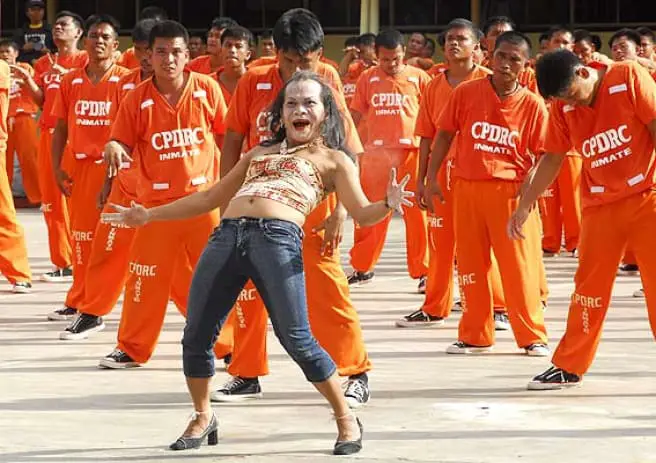
Cebu Provincial Detention and Rehabilitation Center (CPDRC) is a maximum security prison in Cebu, in the Cebu Province of the Philippines. The prison became well known for its rehabilitation program in 2005-2010 based on a program of choreographed exercise routines for the inmates. Known as CPDRC Dancing Inmates, the recordings of the various routines of the prisoners online supervised by the head of the prison Byron F. Garcia rendered them an international online celebrity sensation and phenomenon1.
HMP Berwyn Prison, UK
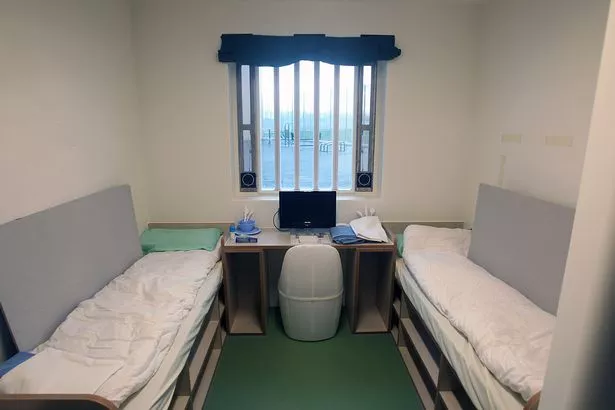
HMP Berwyn is the first publicly-run super-prison in the UK, holding more than 2,000 inmates. It cost £250m to build and has a capacity of 2,106 prisoners – 500 more than the biggest current prison in England and Wales was built to hold.
HMP Berwyn is a modern prison that can accommodate up to 2,100 men15. It is the largest and newest prison in the UK13. The prison has a fresh effort to get more offenders into training and steady jobs on release.
The prison is marking five years since opening with a fresh effort to get more offenders into training and steady jobs on release.
JVA Fuhlsbuettel Prison, Germany
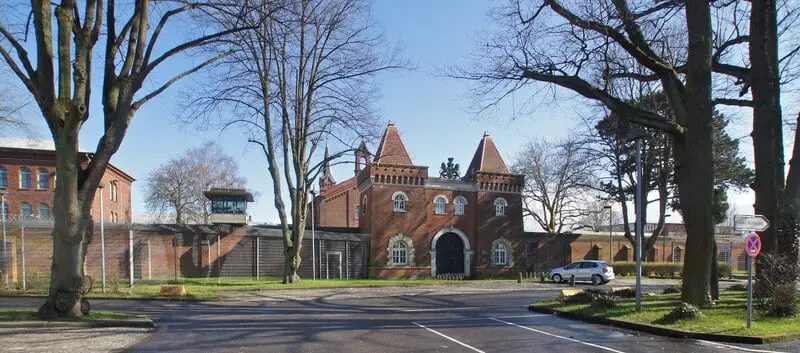
JVA Fuhlsbuettel Prison, often known as Santa Fu, was built in 1879 and is one of the oldest prisons in the region. Between 2010 and 2011, the prison underwent significant revamps that revamped its look and facilities into the ‘world class’ it used to be. The cell rooms are huge, with painted wood-like doors that create a ski chalet feel1.
HMP Addiewell, Scotland
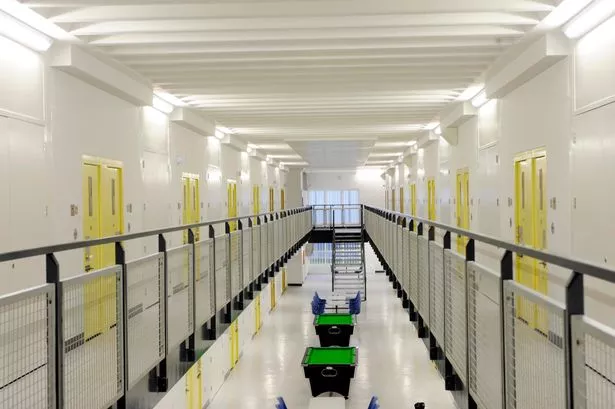
HMP Addiewell is designed as a “learning” prison, where prisoners can address their offending behavior and the circumstances which led to their imprisonment. The learning aspect aims to improve prisoners’ employability prospects, their wellbeing, and community support networks, leading to a reduction in re-offending. Addiewell provides 40 hours of purposeful activity, per person, per week. Purposeful Activity is divided into three main areas: Learning and Skills, Jobs and Programmed Interventions1.
Suomenlinna Prison, Finland
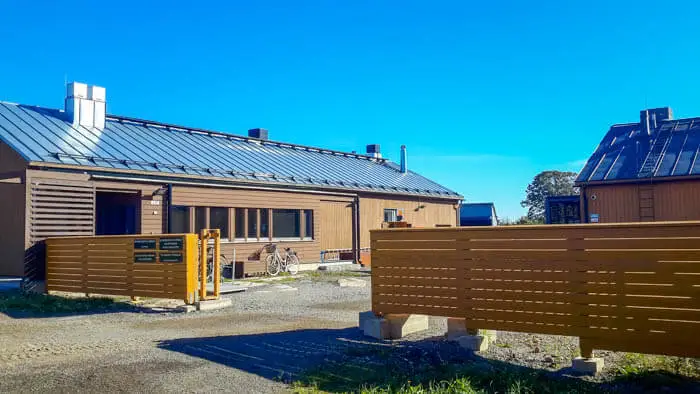
Suomenlinna prison is an open prison in Suomenlinna, Helsinki, Finland, founded in 1971. It was previously known as the Suomenlinna penal colony. The prison was founded to help in the repair and restoration work of the Suomenlinna fortress; the prison co-operates with the Governing Body of Suomenlinna belonging to the Finnish Ministry of Education. Prisoners in the open prison work on weekdays in various jobs all over the island, under supervision. Most particularly they repair the buildings and stonework in Suomenlinna or maintain the scenery1
Butner Federal Correctional Institution, USA
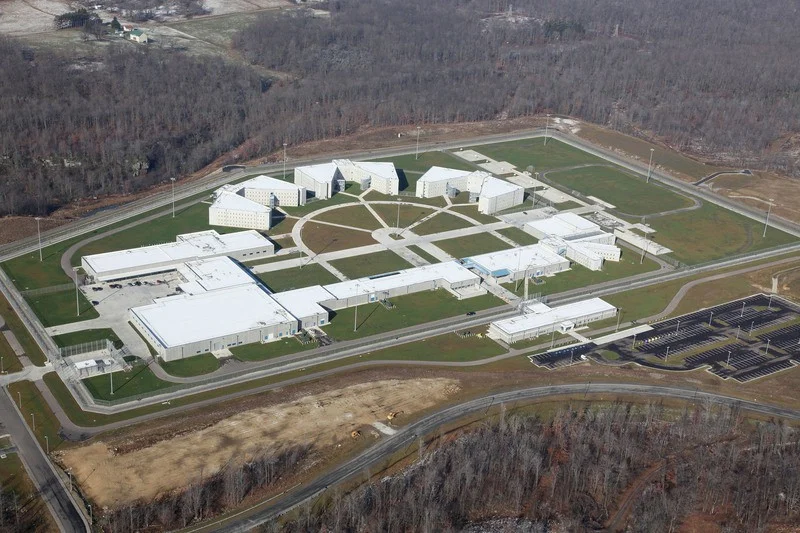
Butner Federal Correctional Institution in the USA is known to be good for prisoners due to its medical facilities, education and work programs, rehabilitation policies, and location. Butner has a medical center that provides specialized care for inmates with chronic or acute medical conditions, including those with acute and chronic mental illness. It offers a variety of educational and work programs to help inmates develop skills and prepare for reentry into society. Butner has policies for prison inmates that focus on rehabilitation, social reintegration, and the prevention of recidivism. It is located near the Research Triangle area of Durham, Raleigh, and Chapel Hill, which provides access to various resources and opportunities for inmates. However, it is important to note that while Butner is known for its medical facilities and programs, it is still a prison, and not all inmates have positive experiences there. Additionally, the effectiveness of rehabilitation programs in reducing recidivism rates is a topic of debate among experts.
Otago Correctional Facility, New Zealand
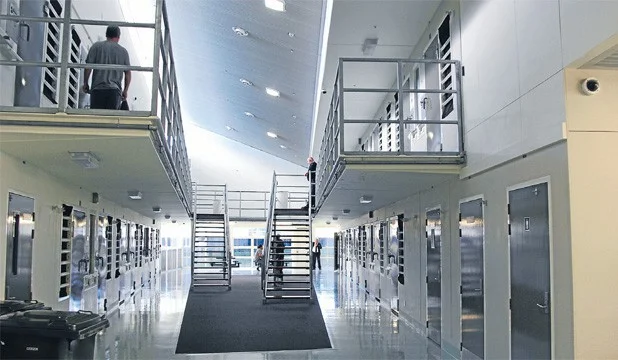
Otago Correctional Facility in New Zealand is known to be good for prisoners due to its facilities, training and work programs, and location. Otago Corrections Facility is a modern prison that opened in 2007. It has a highly secure perimeter fence enclosing a large open space containing a range of separate buildings for accommodation and services. The facility accommodates low to high-medium security men. The prison offers a variety of training and work programs to help inmates develop skills and prepare for reentry into society. For example, the carpentry training workshop provides prisoners with hands-on training in the theory and practical aspects of introductory carpentry and construction to develop their skills. Otago Corrections Facility is located near Milton in the lower South Island of New Zealand. The location provides access to various resources and opportunities for inmates.
Justice Center Leoben, Austria
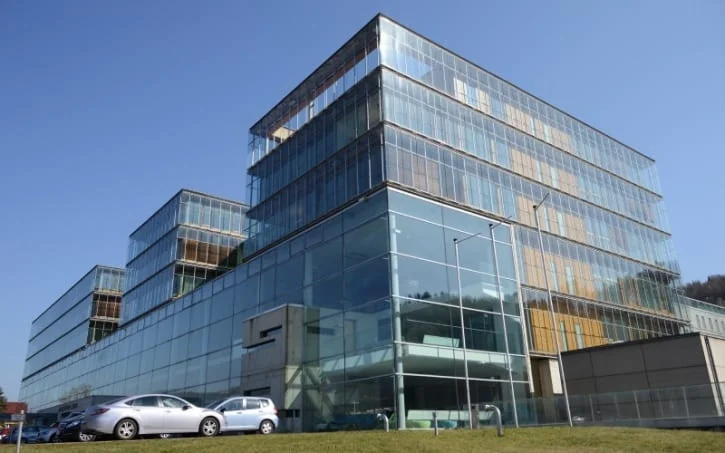
Justice Center Leoben in Austria is known to be good for prisoners due to its facilities, luxury, and humanity. Justice Center Leoben is a modern prison that was designed to be both practical and aesthetically pleasing. It looks like a modern museum from the outside. The prison has a range of facilities that are not typically found in other prisons, including a fitness center, a library, and a music room. Justice Center Leoben is often described as a luxury prison due to its amenities. The cells are spacious and comfortable, with private bathrooms and flat-screen TVs. The prison also has a restaurant that serves high-quality food. The prison’s perimeter has two inscriptions that reflect the principles of human rights and dignity. The prison’s design and amenities are intended to treat inmates with humanity and respect.
San Pedro Prison, Bolivia
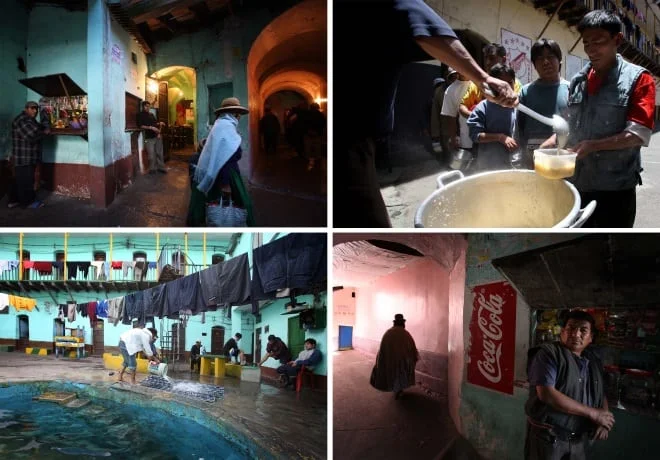
San Pedro Prison in Bolivia is known to be good for prisoners due to its community, economy, and location. San Pedro Prison is renowned for being a society within itself. Inmates at San Pedro have jobs inside the community, buy or rent their accommodation, and often live with their families. The prison’s absence of regulatory procedures has allowed a fully functioning society to grow entirely within its walls. The sale of cocaine base to visiting tourists gives those inside a significant income and an unusual amount of freedom within the prison walls. The prison has a highly sophisticated economy, with inmates running the prison themselves and functioning as an independent community. San Pedro Prison is located in La Paz, Bolivia. The location provides access to various resources and opportunities for inmates.
Aranjuez Prison, Spain

Aranjuez Prison in Spain is known to be good for prisoners due to its community and family-oriented facilities. Aranjuez Prison allows incarcerated parents to live with their children in prison up until the age of three1. The prison has 36 cell units for families, although now only 16 are occupied, most with Latin Americans. The children can only stay until age three. After that they are taken away and put with relatives or with social services, and their parents go back to regular cells1.
Bastoy Prison, Norway
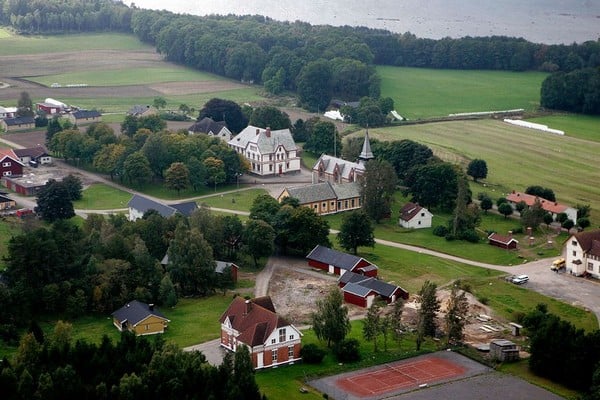
Bastoy Prison in Norway is known to be good for prisoners due to its community-oriented facilities, training and work programs, and focus on rehabilitation. Bastoy Prison is an open prison located on an island and is home to 115 prisoners. Some of the inmates have committed very serious and violent crimes. Bastoy is the largest low-security prison in Norway, but it’s more community than prison. Prisoners live in shared homes with their own bedrooms and shared facilities. They can wear their own clothes, visit the prison shop, library or church. In their spare time they can go fishing, play football, or work out at the gym. There’s a movie room and a weekly agenda of courses, lectures, events and concerts. They even run the island’s ferry service1.
Bastoy is what Norway calls an “ecological prison”. Inmates work every day, tending the horses and sheep, helping run the farm, or chopping down trees for fuel. They undergo training programs, learning new skills in preparation for release1.
Norwegian officials hope that Bastøy will rehabilitate prisoners, instilling values of responsibility, trust, leadership, and accountability. And it seems to be working, as recidivism rates for the prison are just 16%. (In the US, the five-year rearrest rate is more than 75%.)2.
Halden Prison, Norway
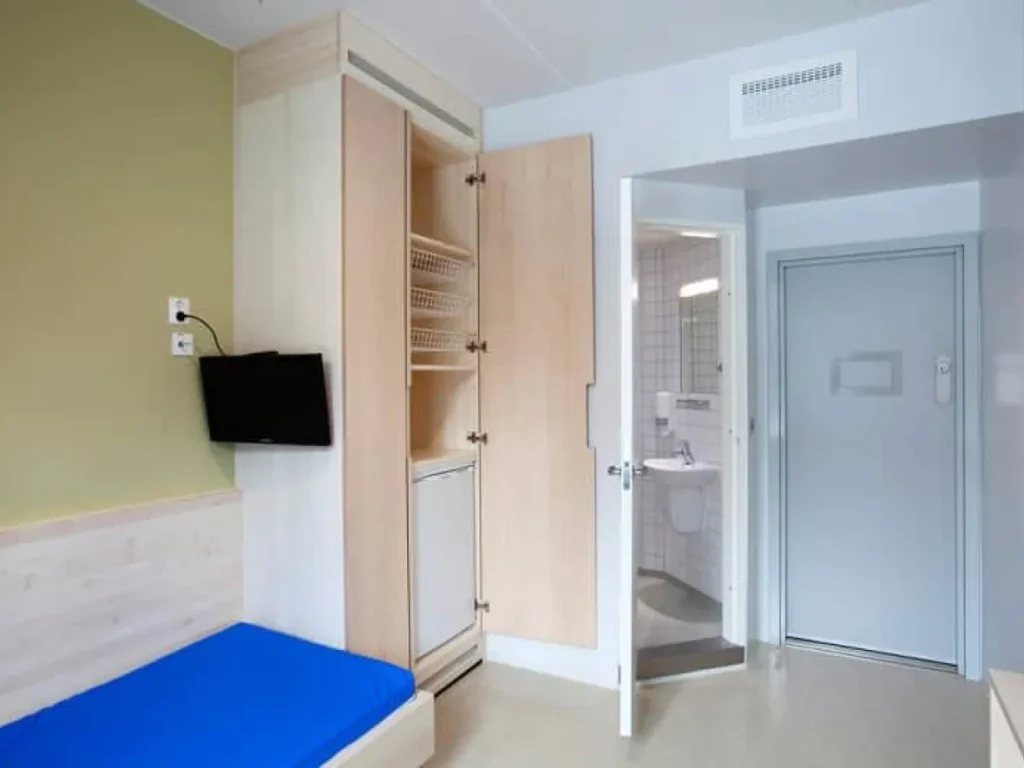
Halden Prison in Norway is known to be good for prisoners due to its focus on rehabilitation, humane conditions, and community-oriented facilities. Halden Prison is a maximum-security prison in Halden, Norway. It has three main units and has no conventional security devices. The third-largest prison in Norway, it was established in 2010 with a focus on rehabilitation; its design simulates life outside the prison. Among other activities, sports and music are available to the prisoners, who interact with the unarmed staff to create a sense of community. Praised for its humane conditions, Halden Prison has received the Arnstein Arneberg Award for its interior design in 2010 and been the subject of a documentary1.
This prison is known for its fully-furnished cells that feature televisions and freezers, and many of the guards are not even armed
